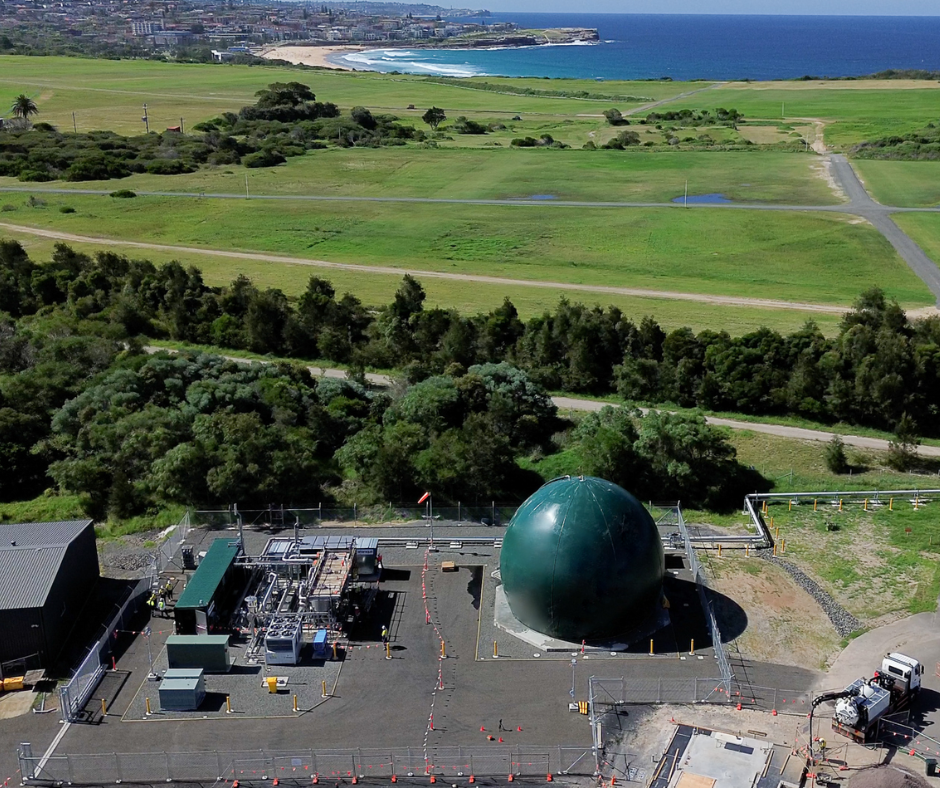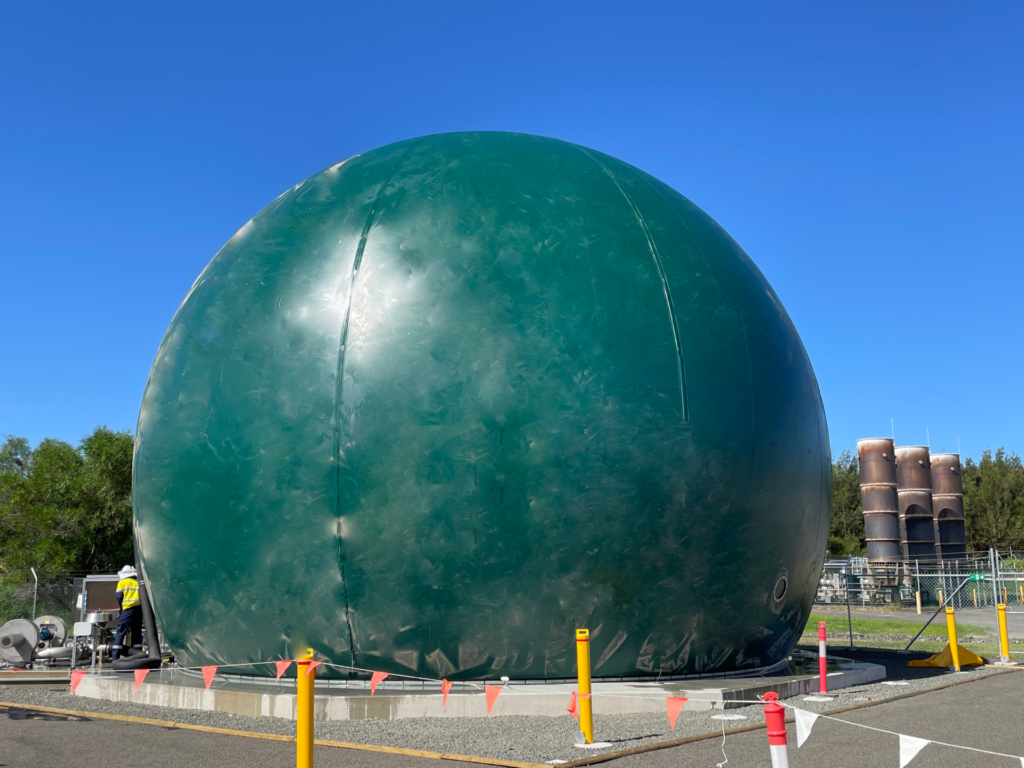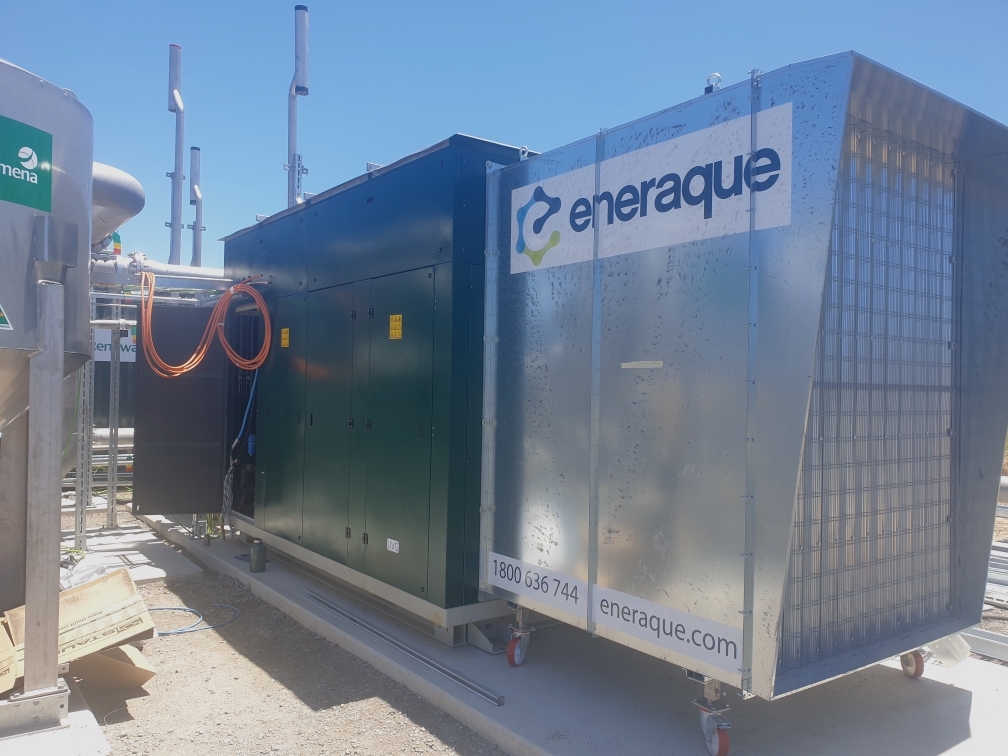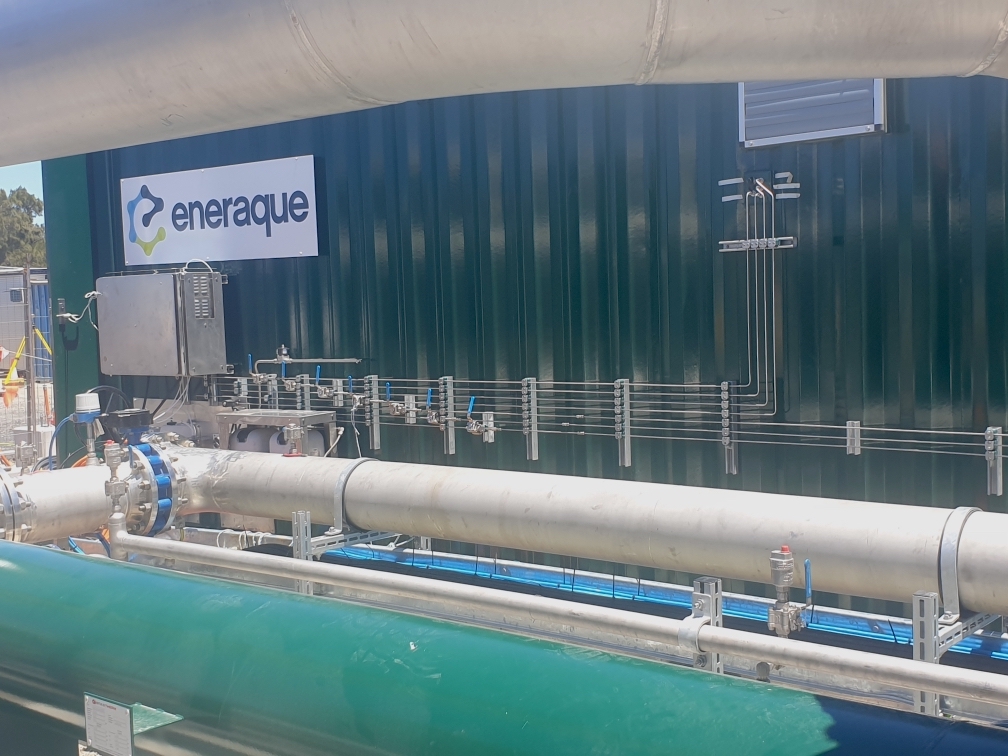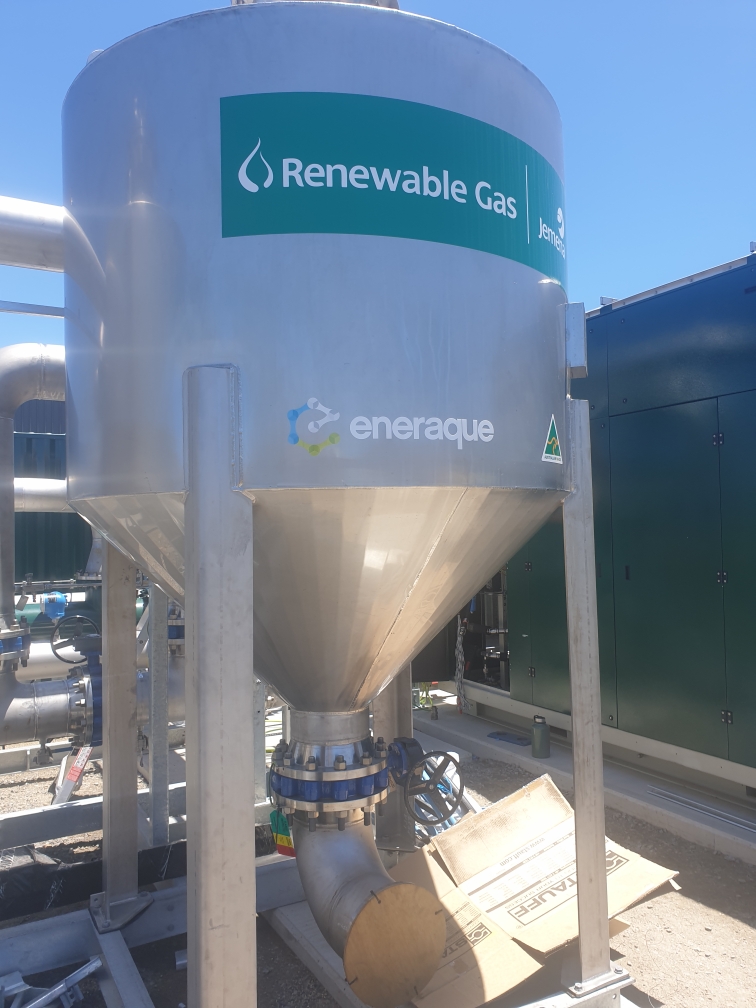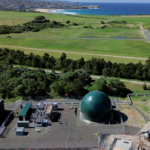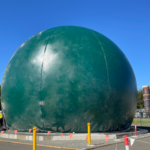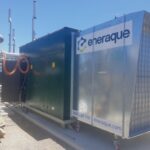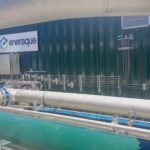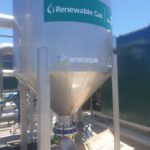Eneraque are successfully injecting renewable gas into the Jemena gas network using our state of the art Biogas Upgrading technology. This milestone event is a first on Australian soil, and a huge step forward for Australia’s booming renewable gas industry.
Project Overview
Renewable gases are recognised as a critical part of our ability to achieve net zero carbon emissions by 2050. It is predicted that by this target, more than 50% of Australia’s gas needs can be provided for by renewable gas in the form of biogas and biomethane. While in Australia biogas has for decades been used to provide power and heat behind the meter, the upgrading of biogas to biomethane for main gas network injection had not yet been achieved until the successful commissioning of the Malabar Biomethane Injection Plant.
The Malabar Biomethane Injection Plant, which began in 2020 and which achieved successful biomethane to grid injection this month, aimed to demonstrate the technical viability and pathway to commerciality of producing and injecting biomethane into the natural gas network.
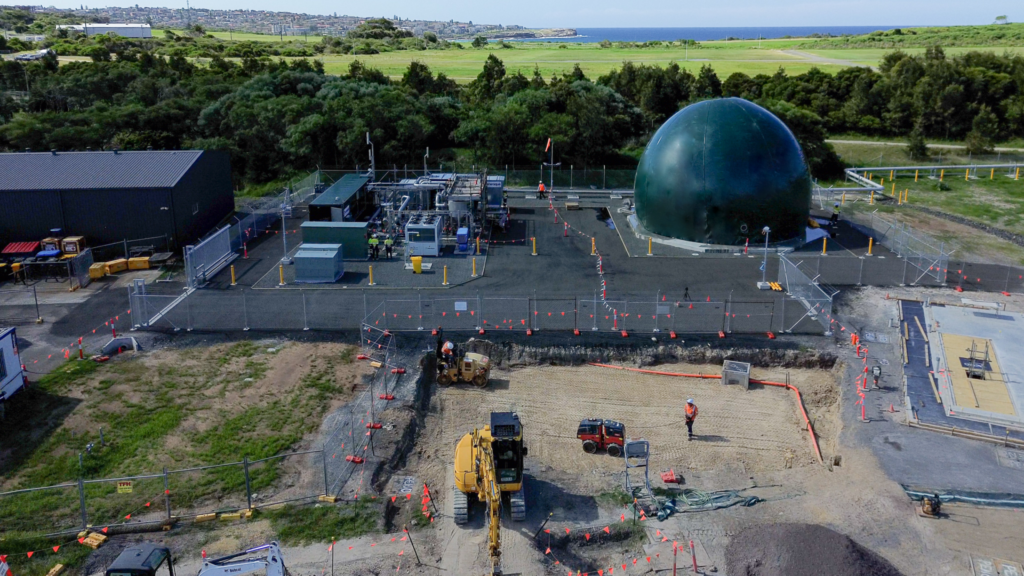
The Malabar Biomethane Injection Plant, featuring Eneraque’s Biogas Upgrading System and EnerSphere Double Membrane Gas Storage dome.
Eneraque Solution
Eneraque provided the Biogas Upgrading Equipment for the project, a robust design developed from many years of successful application across Europe, Asia and the USA.
This Australian first biomethane upgrader takes biogas sourced from existing anaerobic digestion infrastructure at Sydney Water’s Malabar Resource Recovery Plant and upgrades this to pipeline quality biomethane. The Upgrader is sized for 1100Nm3/hr of biogas to the inlet prior to separating the CO2 and CH4 with a patented 3-stage membrane technology from our partners, Evonik.
The biomethane is then injected into the gas grid at high pressure to pipeline quality specification. The technology features an advanced patented control system, continuous process monitoring, remote operation and 24/7 support.
The site design also features an EnerSphere Double Membrane Gas Storage dome.
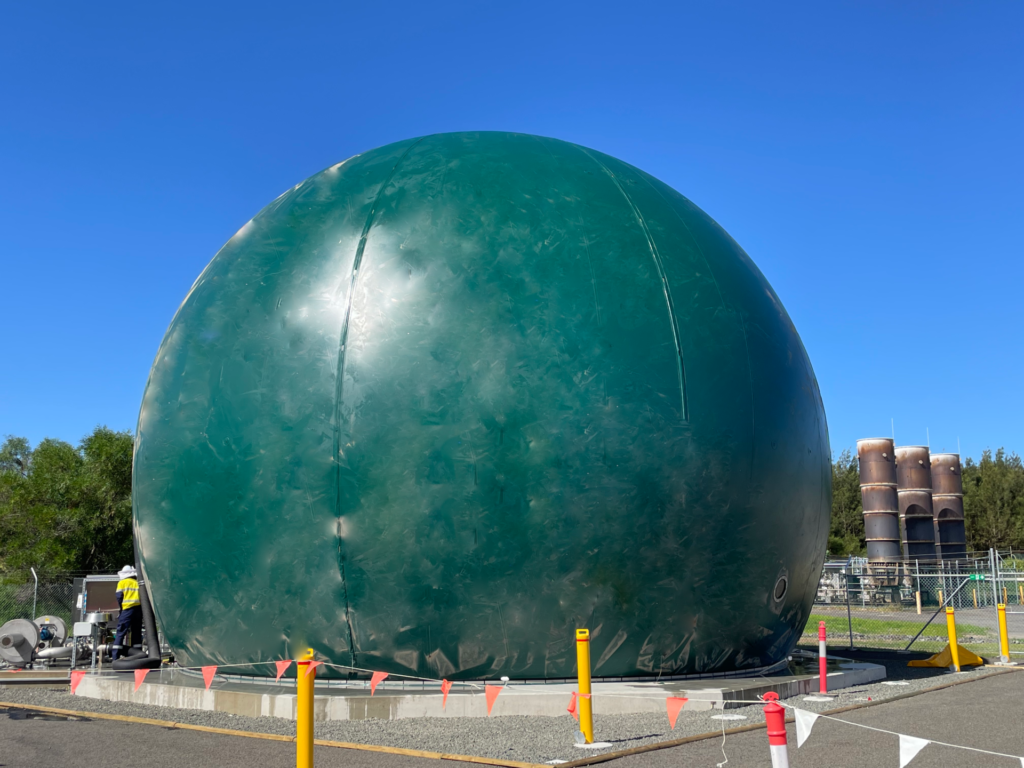
The EnerSphere Double Membrane Gas Storage dome at the Malabar Biomethane Injection Plant.
Project outcomes
Biomethane from Eneraque’s Upgrader is now flowing into the Sydney gas network. The Malabar Biomethane Injection Plant will initially produce around 95 terajoules of renewable gas each year – the equivalent to the average yearly use of around 6,300 homes.
What is Biogas and Biomethane or RNG?
Biogas is a renewable energy source produced through the anaerobic digestion of organic materials such as agricultural waste, food scraps, and sewage sludge. It is composed mainly of methane (CH4) and carbon dioxide (CO2), with trace amounts of other gases. During the anaerobic digestion process, bacteria break down the organic matter, releasing methane-rich biogas. Biogas can be used as a fuel for heating, electricity generation, or as a vehicle fuel. It is considered an environmentally friendly alternative to fossil fuels because it reduces greenhouse gas emissions and helps to mitigate climate change.
Biomethane is a more refined form of biogas (sometimes referred to as Renewable Natural Gas or RNG) that has undergone additional purification processes to remove impurities such as CO2, moisture, and trace contaminants. The resulting biomethane has a methane content of 95% or higher, making it similar in quality to natural gas. Biomethane can be injected into the natural gas grid, replacing conventional natural gas and reducing dependency on fossil fuels. It can also be used as a transportation fuel, either in compressed or liquefied form, powering vehicles like cars, buses, and trucks. Biomethane offers a renewable and sustainable energy solution, contributing to the transition to a low-carbon economy.
